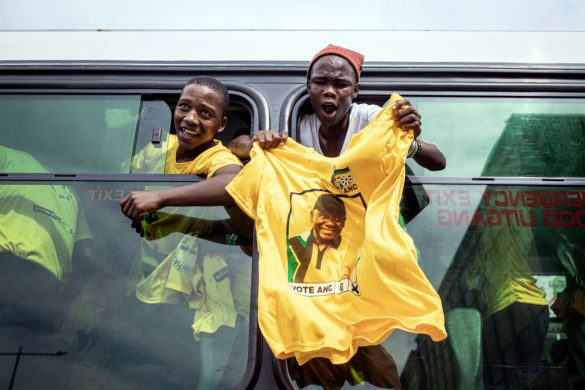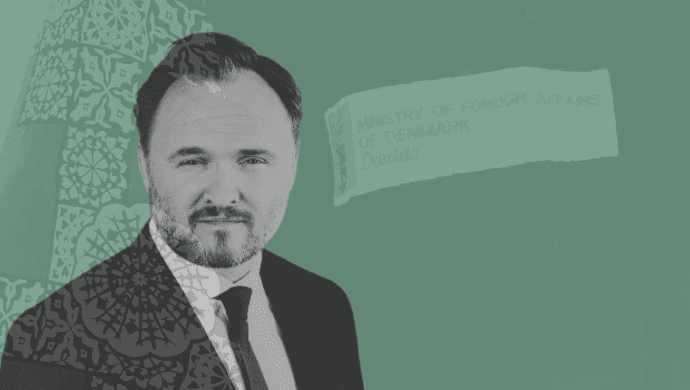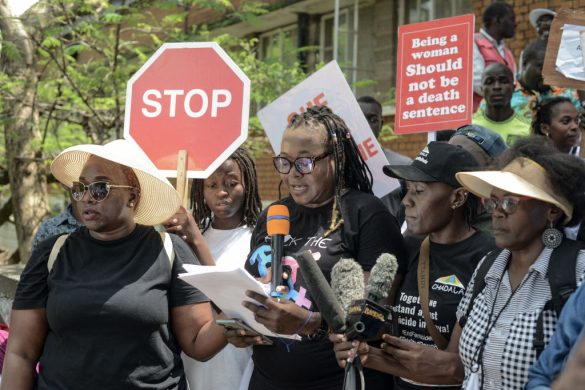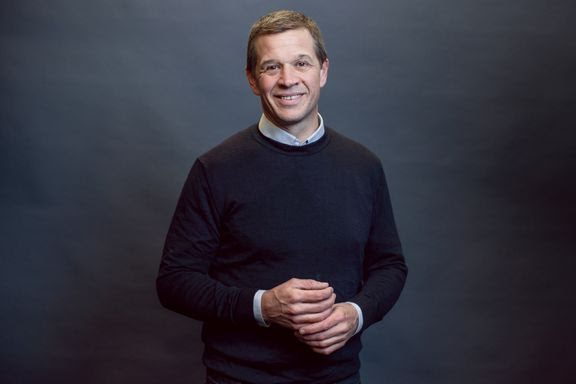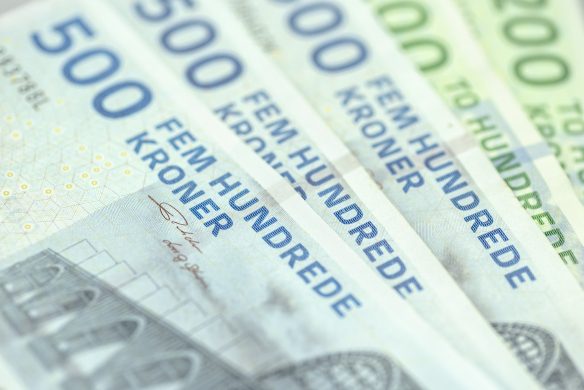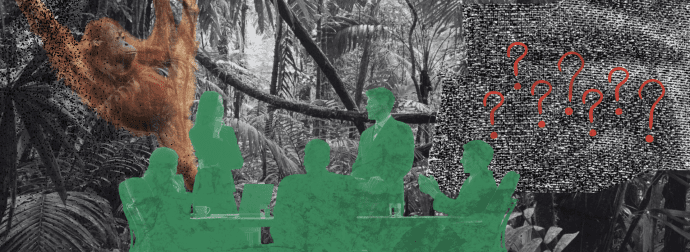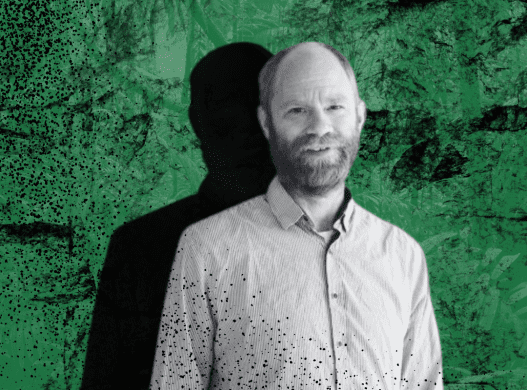Natural disasters and conflicts affect women, men, boys and girls differently. This fact needs to be taken into account in the humanitarian response, says CARE on its website and continues:
Right now in Ethiopia and other countries affected by El Niño, CARE is greatly concerned by the disproportionate burden that the drought crisis is placing on women and girls, who are largely responsible for ensuring families have food and water. Thousands of women in affected areas are currently spending all day every day walking to get drinking water or collecting and selling firewood to have some money for food.
For almost two decades, the humanitarian community has been committed to meeting the different needs of women, men, boys and girls[i].
In spite of these commitments, most humanitarian responses struggle to implement a gender equality-approach in practice.
Failing to understand how relationships between women and men, boys and girls are affected by a crisis can costs lives and always affects the quality and effectiveness of the response[ii]. CARE International is committed to making the response to an emergency work for women, men, boys and girls.
In slow-onset emergencies, such as those caused by El Niño, there is every opportunity of ensuring that the humanitarian response use gender analyses to address the needs of all people.
Having such analyses will also help avoid adverse effects on gender equality and promote lasting changes in gender dynamics that contributes to social, political and economic development. See list of CARE's country-specific documents on Gender in Emergencies.
Effektive indsatser begynder længe før krisen begynder
An effective emergency response begins long before a crisis happens and continues long after the immediate impacts have ceased. CARE’s approach to gender equality in humanitarian emergencies is grounded in our work to promote long-term development and resilience to shocks.
For this reason, our CARE Programme Strategy is directly translated into the gender in emergency approach as a focus on protection, participation and resilience. These are then integrated into the five steps to take to integrate gender in emergencies: preparedness, rapid gender analysis, adapted assistance, engendered outcomes, and linkages to sustainable development.
Fem trin
To make an emergency response work for women, men, boys and girls, humanitarian actors need to understand and meet the different needs of women, men, boys and girls using the following steps:
Gender and Preparedness: Humanitarian work begins before an emergency happens. CARE’s gender and preparedness work fosters linkages between humanitarian and development work from analysis, to planned interventions, and identifies gender-balance teams available on the ground.
Rapid Gender Analysis: Rapid gender analysis provides information about the different needs, capacities, vulnerabilities, and coping strategies of women, men, boys and girls in a crisis by examining the relationships between women, men, boys and girls. It is designed as an incremental process to provide practical programming recommendations quickly. See CARE's Rapid Gender Analyses for Ethiopia and Papua New Guinea.
Adapted Assistance: Making an emergency response work for women, men, boys and girls requires a response that is adapted to make sure everyone can access assistance, meeting specific gender and generational needs, ensuring participation in decision making, and protecting the most vulnerable.
Engender Outcomes: Accountability is essential to make sure CARE achieves its gender and humanitarian objectives through sex and age disaggregated data. CARE will continue to build on its work in community accountability mechanisms to communicate with and to affected communities. Unintended outcomes will be monitored. It will track its internal work on integrating gender in emergencies using the CARE Gender Marker.
Sustainable Development: Linkages to long-term sustainable development is the key to making sure gender in emergencies programming can be transformative. CARE’s gender in emergencies humanitarian work will draw on and back to our long-term development programming with women and girls, men and boys.



